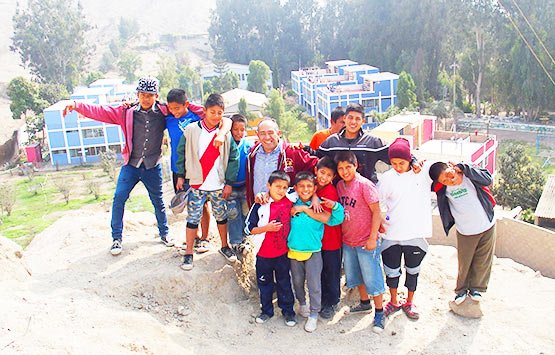
In the Heart of Nature
CIMA is located in the district of Cieneguilla, one of the few districts in the southeastern part of Lima that has not been fully urbanized.
CIMA consists of several buildings, including six houses with the capacity to accommodate 96 children and adolescents, an administrative area, classrooms for academic leveling, workshops, three soccer fields, a recreation area, and a farm with animals.
CIMA also has access to a rented plot of 12,000 square meters, which is used for agriculture, and the products grown there are used to feed the household and the farm animals.
The CIMA home is situated in a rather remote and less accessible area of Lima. However, this isolation is an advantage as it allows the children to live in the heart of nature, completely detached from the urban environment they are accustomed to, which greatly aids in their rehabilitation.
